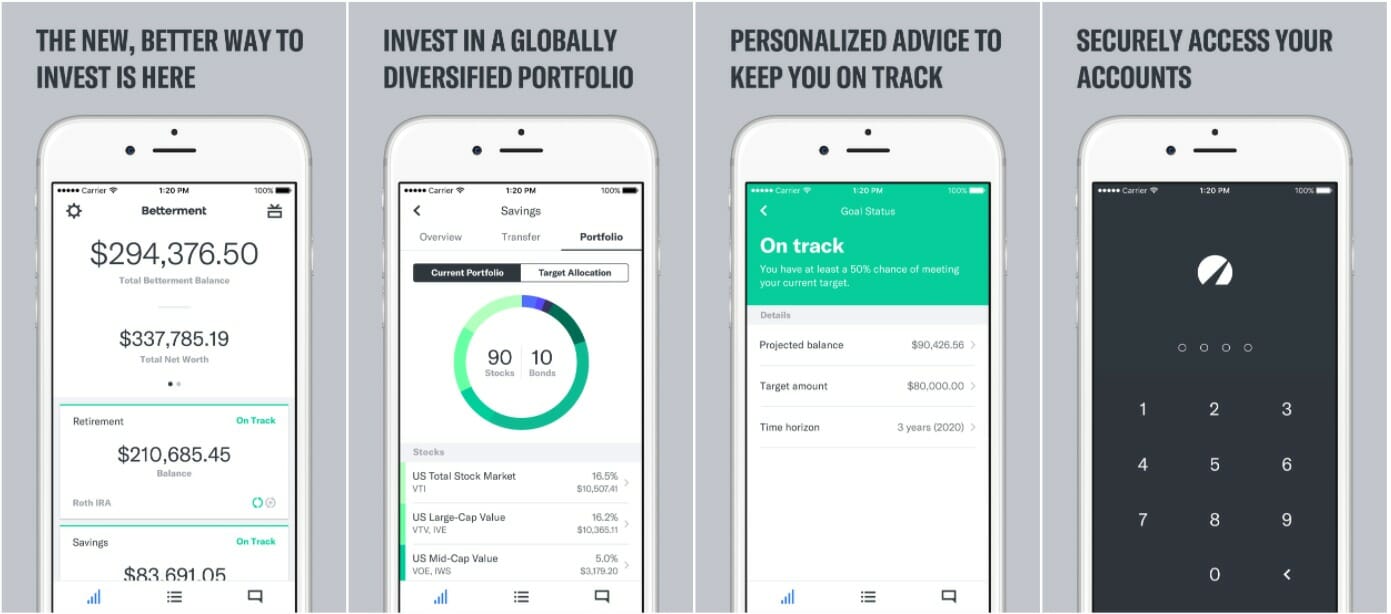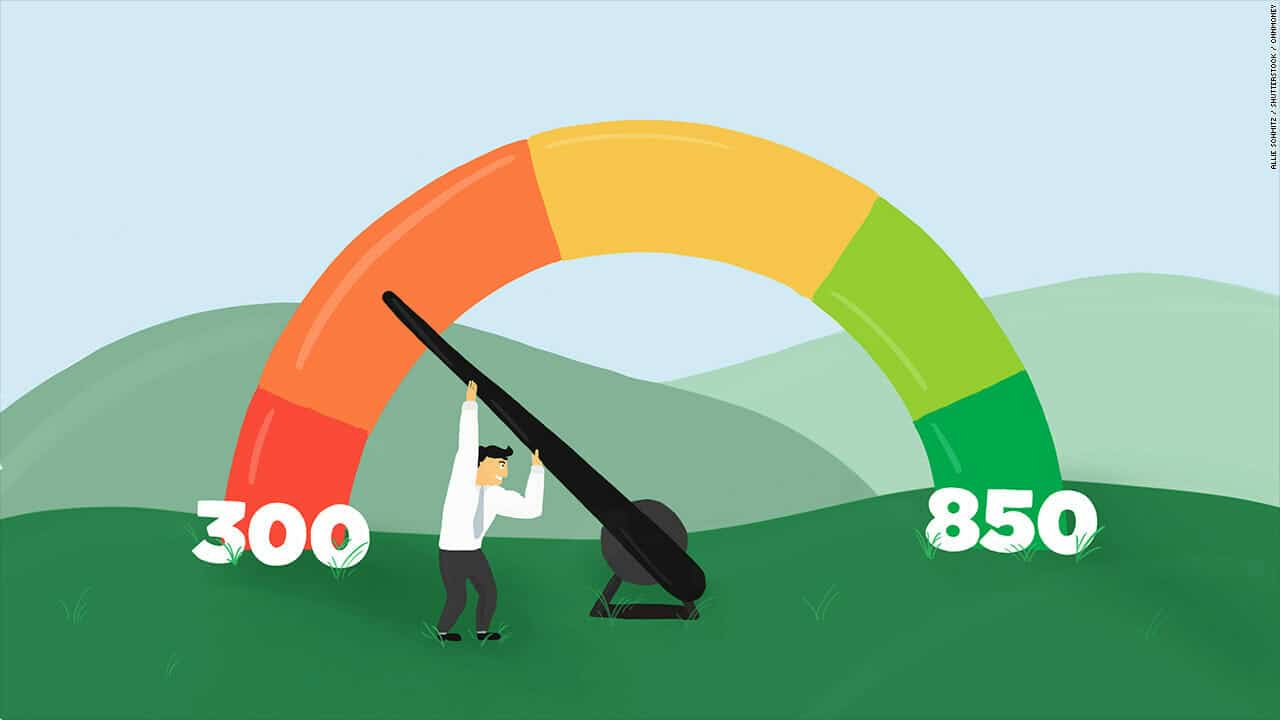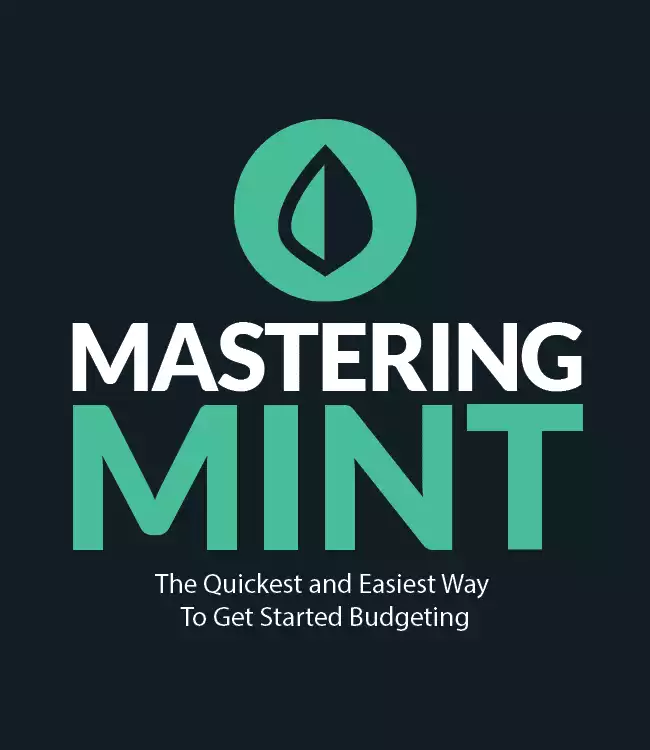- Credit Card Debt
- Student Loans
- Build an Emergency Fund
- Save For a Short to Medium-Term Goal
- Start Investing
- Contribute to a 401k
- Open an IRA
- Add Some Real Estate
- Personal Development
- Give It Away
Tax season can bring a mix of dread and glee. Doing your taxes is a pain, and you might be worried that you’re going to owe Uncle Sam some money. But getting a refund check is like Christmas in April. And getting that check brings up the question of what to do with a tax refund.
Should you splurge with that extra money? Or maybe you should put that money towards helping you reach one of your financial goals? And for many people, their tax refund is a nice chunk of change.
The average refund is $2,903.
It’s not every day you get a financial windfall, so you want to make sure that you don’t blow that money but instead use it to better your financial situation.
When you consider that 55% of Americans have less than $1,000 in savings and 32% of us have no retirement savings, it seems pretty clear that heading to Vegas and hitting up the Blackjack tables is a poor use of your tax refund money.
So let’s look at some smart things you can do with that money instead.
How To Maximize Your Tax Refund
What is your most pressing financial concern right now? Do you have credit card debt? How much retirement savings do you have?
Do you badly need to take care of some home improvements that you’ve been putting off (like a new roof)? If you have kids, do you have any college savings for them?
Whatever personal finance issue is keeping you up at night is the answer to what to do with your tax refund. Let’s take a look at some of the possibilities.
Should I Use My Tax Refund To Pay Off Debt?
Debt can make it challenging to reach your financial goals, but not all debt is created equal.
It’s the high-interest rates on credit cards that make it “bad” debt. If you don’t have a strategic plan to pay off credit card debt, those interest rates mean it takes what seems like forever to pay the cards off.
Using a scattershot approach and throwing extra money at cards randomly, is the wrong way to go about things. To pay off credit card debt efficiently, you must concentrate on one card at a time.
You can accomplish this with the stacking or snowball method. If you have more credit card debt than your tax refund can cover, and you have a good credit score, you can consider getting a loan to pay more of it off.
You’ll still have debt, but if the interest rate on the loan is lower than that of the credit cards, you’ll save money.
Is student loan debt bad debt? Not always. If you have federal loans, the interest rates aren’t outrageous.
From 2018 through 2024, average federal student loan interest rates were:
*6.00% to 5.50% for undergraduates
*6.75% to 7.05% for graduate students
*7.90% to 8.01%for parents and graduate students taking out PLUS loans
Interest rates on private student loans vary widely because they’re tied to a variety of factors that change depending on the lender, the borrower, and the loan, but on the high end, it can be much higher.
So how do you know if you should use your tax refund to pay off your student loans? What is the interest rate?
The average return you can expect when you invest in the stock market is a conservative, 7% over the long-term. Is your interest rate well below that?
If it is, it might be better to use your tax refund to start investing for retirement. Time is the most crucial factor in retirement investing, and the more you lose, the more money you leave on the table.
If you do have student loan debt with a high-interest rate and you have a substantial emergency fund (more on this later), using your tax return to pay it down is a smart move. Another smart move again, if you have a good credit score, is to consider refinancing the debt to a lower interest rate.
This can save you thousands of dollars over the life of the loan. Be warned, though, that if you refinance federal student loan debt, it becomes a private loan, and you lose access to the various repayment options available to those struggling to pay off their debt.
This is our guide to budgeting simply and effectively. We walk you through exactly how to use Mint, what your budget should be, and how to monitor your spending automatically.
Create a Savings Plan
If your financial goals involve saving for various things, your tax refund can be a great way to jumpstart a savings plan.
An emergency fund is one of the best weapons in your personal finance tool belt. It’s money set aside to help you deal with things like a job loss, a car repair, or a medical expense not covered by insurance.
In fact, an emergency fund is so important, that even if you have credit card debt, you should strive to grow a mini-emergency fund of $1,000.
How much should you have in a fully-funded emergency fund? Enough to cover three to six months’ worth of bare-bones expenses. Where should you keep it?
Somewhere very accessible like a checking account or your savings account. If you have as much as six months of expenses saved, you can consider putting half of it in a short-term investment account because it’s a lot of money to leave in a low yield bank account.
A short term goal is one that you want to achieve in under five years. Saving a down payment for a home is a good example. Ideally, you want to have at least a 20% down payment so you can avoid paying PMI.
Private mortgage insurance, also called PMI, is a type of mortgage insurance you might be required to pay for if you have a conventional loan. Like other kinds of mortgage insurance, PMI protects the lender—not you—if you stop making payments on your loan.
A medium-term goal is one that you want to achieve in five to ten years. Starting a college savings account for your child is an example. And the sooner you start saving, the better because public college or private, is shamefully expensive.
The average tuition and fees at an in-state public college is about 73% less than the average sticker price at a private college, at $11,260 for the 2023-2024 (public) year compared with $41,540 (private), respectively, U.S. News data shows.
Have a couple of kids, and you might be working the rest of your life to put them all through school! A 529 Plan can help you manage these costs.
A lot of people just starting out either don’t have any investment accounts or just have a 401k through their employer. No shade for 401ks, but that is a retirement account.
Saving for retirement is essential, and we’ll give it its own section, but you need to invest in non-retirement accounts too.
If you withdraw money from retirement accounts before retirement age, you may be subject to penalties, and you probably have financial goals that require money before you’re 59 1/2 or older. You don’t want that money in your checking or savings account because it won’t grow.
A non-tax advantaged investment account is the perfect place for money that you won’t need for at least ten years but before you retire. Something like a

The money will grow but will be invested long enough to ride out the ups and downs of the stock market, and there is no penalty for withdrawing it.
Invest For Retirement
People are living longer than ever and more, and more of us are interested in retiring early, sometimes very early.
If you want to be part of the FIRE Movement, you may be looking to retire in your 40s or even earlier. A long life and a long retirement mean you have to make retirement investing your priority.
For many people, a 401k is their first foray into investing because their employer offers it. It’s an excellent way for beginners to invest because the money is taken directly from your paycheck before you ever get a chance to spend it.
Use your tax refund to help max out your 401k for the year.
The maximum amount you can contribute in 2024 to a 401(k) as an employee is $23,000.
That is $500 more than the 401(k) limit for 2023. If you are 50, or older, you can also make a catch-up contribution. For 2024, the catch-up contribution limit is $7,500.
If you can’t afford to max out your account, at least contribute enough to get any matching funds your employer offers because that is free money. Your 401k contributions are pre-tax, so the more money you contribute, the more you’ll reduce your taxable income.
An IRA is an Individual Retirement Account. Once you’ve maxed out your 401k or if you don’t like the investment options for your employer’s 401k program, open an IRA.
An IRA gives you more control over what you invest in. The contribution limits are not as high as those for 401ks.
For 2024, your total contributions to all of your traditional and Roth IRAs cannot be more than $7,000 ($8,000 if you’re age 50 or older), or your taxable compensation for the year, if your compensation was less than this dollar limit.
Contributions to a Traditional IRA reduces your taxable income, but those to a Roth IRA do not.
You’ve Done All This Already
If you’ve already checked all of the above things off your personal finance to-do list, here are some ideas for what to do with your tax refund.
Okay, your tax refund is probably not going to be enough to put a down payment on a rental property, but you can still add some real estate to your investment portfolio with Fundrise.
Fundrise allows individual investors to invest in commercial real estate online through an eREIT (Real Estate Investment Trust) or an eFund.
Since the Fundrise eREIT is sold directly to investors cutting out middle-men, they can have fees lower than the competition.
Fundrise is a great way to invest in real estate for those who can’t afford or aren’t interested in becoming landlords.
We know that you’re pretty damn perfect already, but maybe you could be even better! What would make you better at your job or happier in your life?
Maybe your job requires you to speak in front of people, and you’d like to get better at that. Perhaps you don’t know any ways to deal with the stress in your life effectively, and it’s impacting your relationships.
Find a class or a workshop where you can learn skills that can help you advance your career (and make more money) or make you happier in your personal life. Not all of our goals have to be money-centric.
Giving, being charitable makes us happy.
In a 2006 study, Jorge Moll and colleagues at the National Institutes of Health found that when people give to charities, it activates regions of the brain associated with pleasure, social connection, and trust, creating a “warm glow” effect.
And you thought you couldn’t buy happiness!
Charity never made poor, stealing never made rich, and wealth never made wise.
Tweet ThisAnd if you find yourself angered by the current political climate, do something constructive with that anger and donate to a candidate or charity that represents your values.
A charity can make us happy, and it can make us less angry or helpless or frustrated too because we’re doing something that can help create a change we want to see rather than just laying awake at night worrying about things.
How Not To Spend Your Tax Refund
I’m going to surprise you here. You think I’m going to tell you that you can’t spend your tax refund on something frivolous. You clearly don’t know me at all! Take some of that money, SOME of it, and spend it on something you want, something for yourself.
You work hard for your money, and you should be able to use it for more than just paying off debt or saving for retirement. So go ahead, take a little bit of that tax refund and blow it.
Don’t Pay Too Much
Many years ago, I badly screwed up a tax return, and somehow, even though I was making $25,000 a year, it showed that I owed the IRS money!
Clearly, the IRS should have known this was a mistake, but they aren’t looking to do any of us a favor. Months later, after I had been paying this tax debt off, I mentioned the situation to a friend who was much smarter than myself, and he said he’d take a look at my return.
I don’t remember what I did wrong, but he fixed it, filed an amended return for me, and I got my money back. For years after, I paid a professional to prepare my tax return even though it was a straightforward W2 situation.
It got more and more expensive every year, and I was getting fed up. I knew the person doing it was just typing numbers into a form, but I was still smarting from the whole IRS fiasco so afraid to do my own taxes.
But one year, cheapness won out. I decided to try Turbo Tax. If it had shown I owed money, I would take things to a professional.
Boasting millions of happy customers, TurboTax offers both free federal and state filings. Easily import previous year's data and W2s, speak online with an experienced CPA or get a refund estimate using their free tax calculator.
It didn’t and I have never had any tax problems since using it. If you have a pretty simple tax situation, don’t pay hundreds of dollars to have your taxes done. Instead, DIY with a company like Turbo Tax.
And For Next Year
I know it’s fun to get a tax refund check, but it’s not ideal. If you’re getting a pretty substantial refund, what it means is that you’re giving the government a year-long, interest-free loan. Why would you want to do that?! You wouldn’t.
Instead, you can change your withholding information on your W-4 form so you’ll get a little extra money in each paycheck instead of one lump sum at tax time.
The more allowances you claim, the less tax money will be withheld, and you can update this form with your employer anytime you want.
Show Notes
SavingForCollege.com: An explanation of the 529 college savings plan.
Mint.com: an online money managing tool.





